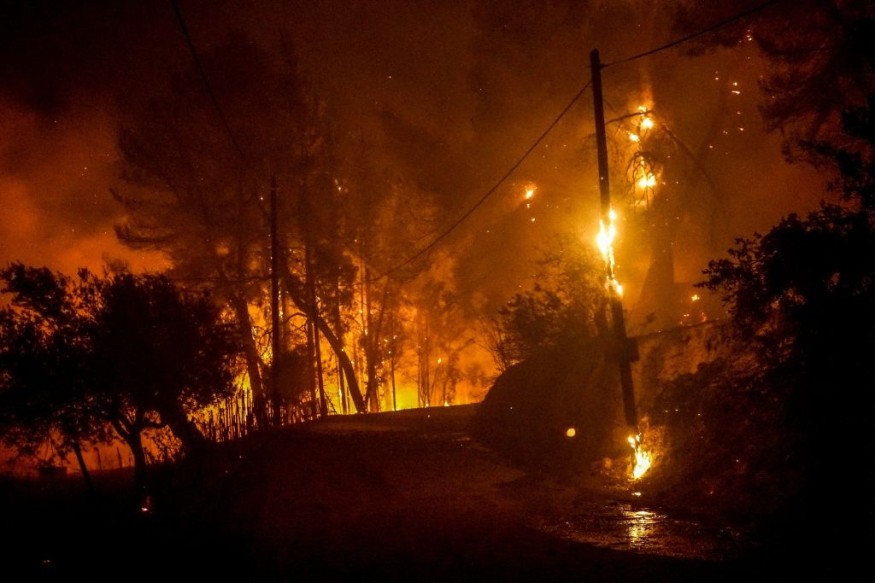Hurricane-fire collisions or tropical cyclone-fire interactions can drastically change ecosystems.
A new study conducted by researchers from multiple countries, including Australia, examined for the first time what transpires when storms and bushfires collide.
Cyclone-Fire Interaction

The new paper entitled "Altered cyclone-fire interactions are changing ecosystems" was published in the journal Trends in Plant Science on October 13, wherein an international team of researchers, including those from the University of South Australia, were the first to examine on what occurs when cyclones and fires interact.
The cyclone-fire interaction was found by the research team to have an impact larger than their individual event.
In particular, the study found that when recurring severe weather occurs, more common due to climate change, posing major impacts on both terrestrial and marine environments.
Also Read: Australia Fears Disasters Due to Climate Change May Result in Billions of Casualties and Damages
Driven by Climate Change
Associate Professor Gunnar Keppel, a researcher and ecologist from the University of South Australia, said that understanding the effects of severe weather changes can help us protect ourselves from environmentally-damaging repercussions, as cited by Phys.org.
Cyclones and bushfires are dangerous weather events even as a single phenomenon, but their occurrence in close succession can result in a compounded effect, Keppel added.
When a hurricane or tropical cyclone hits, it cracks open forest canopies, creates a large debris, and warmer conditions on the ground.
Scientists believed that climate change and global warming are aggravators of these extreme weather events since they increase the frequency and intensity of storms, as well as provide the necessary fire weather conditions, such as prolonged extreme heat for extreme weather events.
Fuel for Fire
This means that the powerful winds and soil erosion caused by powerful storms can naturally transport leaves, logs, tree branches, or twigs, making them a potential fuel for the eruption and spread of fires, commonly known as wildfires or wildland fires, which consists of bushfires.
According to the University of Florida, hurricanes and tropical storms can profoundly alter both forested and non-forested areas in the United States, creating unique hazards and considerations for wildland firefighters.
This assessment is based on the evidence from climate models that such weather disturbances will worsen in the future.
2020 Australia Bushfires
The October 2022 study came approximately three years after the historic and devastating 2020 Australia bushfires, which engulfed a vast land area of the country for several months.
While the country is not stranger to bushfires, the 2019 to 2020 Australia wildfire season is different since it continuously raged on more than 42 million acres, according to The Washington Post.
The said extreme wildfire event reportedly killed at least 33 people and almost 3 billion animals, including birds, frogs, mammals, and reptiles, making it one of the world's worst wildlife disasters in modern history.
It also forced large-scale evacuations and disrupted daily life across Australia at that time.
In line with the new study about tropical cyclone-fire interactions, the findings hope that it could help scientists in the future determine the potential time, pattern, and impact of wildfires influenced by storms.
Related Article : Australia Bushfires Mirrors The Planet's Future, Says Scientists
© 2025 NatureWorldNews.com All rights reserved. Do not reproduce without permission.





